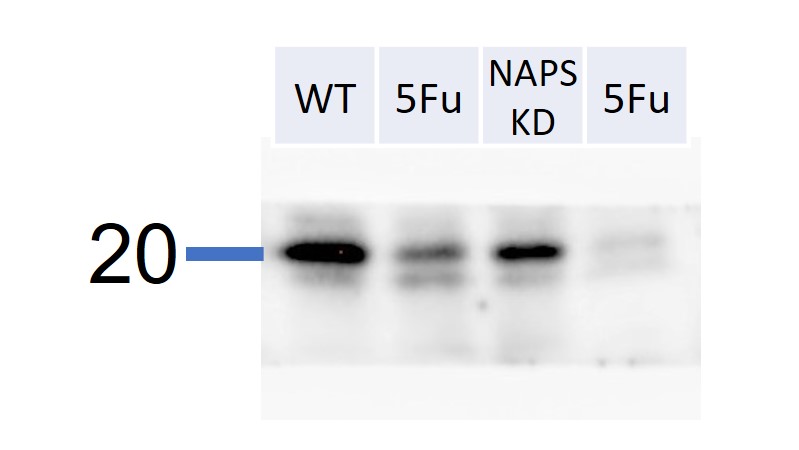



Product Includes
Application Dilution
Immunofluorescence 1:200-1:400
Immunohistochemistry (Paraffin) 1:100-1:250
Storage
100mM Tris Glycine, 20% Glycerol (pH7). 0.025% ProClin 300 was added as a preservative
Specificity / Sensitivity
Source / Immunogen
The protein encoded by this gene belongs to the BCL2 protein family. BCL2 family members form hetero- or homodimers and act as anti- or pro-apoptotic regulators that are involved in a wide variety of cellular activities. This protein forms a heterodimer with BCL2, and functions as an apoptotic activator. The association and the ratio of BAX to BCL2 also determines survival or death of a cell following an apoptotic stimulus. This protein is reported to interact with, and increase the opening of, the mitochondrial voltage-dependent anion channel (VDAC), which leads to the loss in membrane potential and the release of cytochrome c. The expression of this gene is regulated by the tumor suppressor P53 and has been shown to be involved in P53-mediated apoptosis. Multiple alternatively spliced transcript variants, which encode different isoforms, have been reported for this gene. [provided by RefSeq, Dec 2019]
| Title | |
|---|---|
| 1 |
Application
Reactivity Human
|
| 2 |
Application
Reactivity Human
|
| 3 |
Application
Reactivity Human
|
| 4 |
Application
Reactivity Mouse
|
| 5 |
Application
Reactivity
|
| 6 |
Application
Reactivity Human
|
| 7 |
Application
Reactivity Human
|
| 8 |
Application
Reactivity Mouse
|
| 9 |
Application
Reactivity Mouse
|
Reviews


Customer feedback Image
Application : Western blot
Condition / Dilution: 1-1000, 3%BSA
Sample : HCT-116 drug treatment
Data from : Taipei Medical University


Customer feedback Image
Application : Western blot
Condition / Dilution:1-1000, 3%BSA
Sample : HCT-116
Data from : Taipei Medical University








